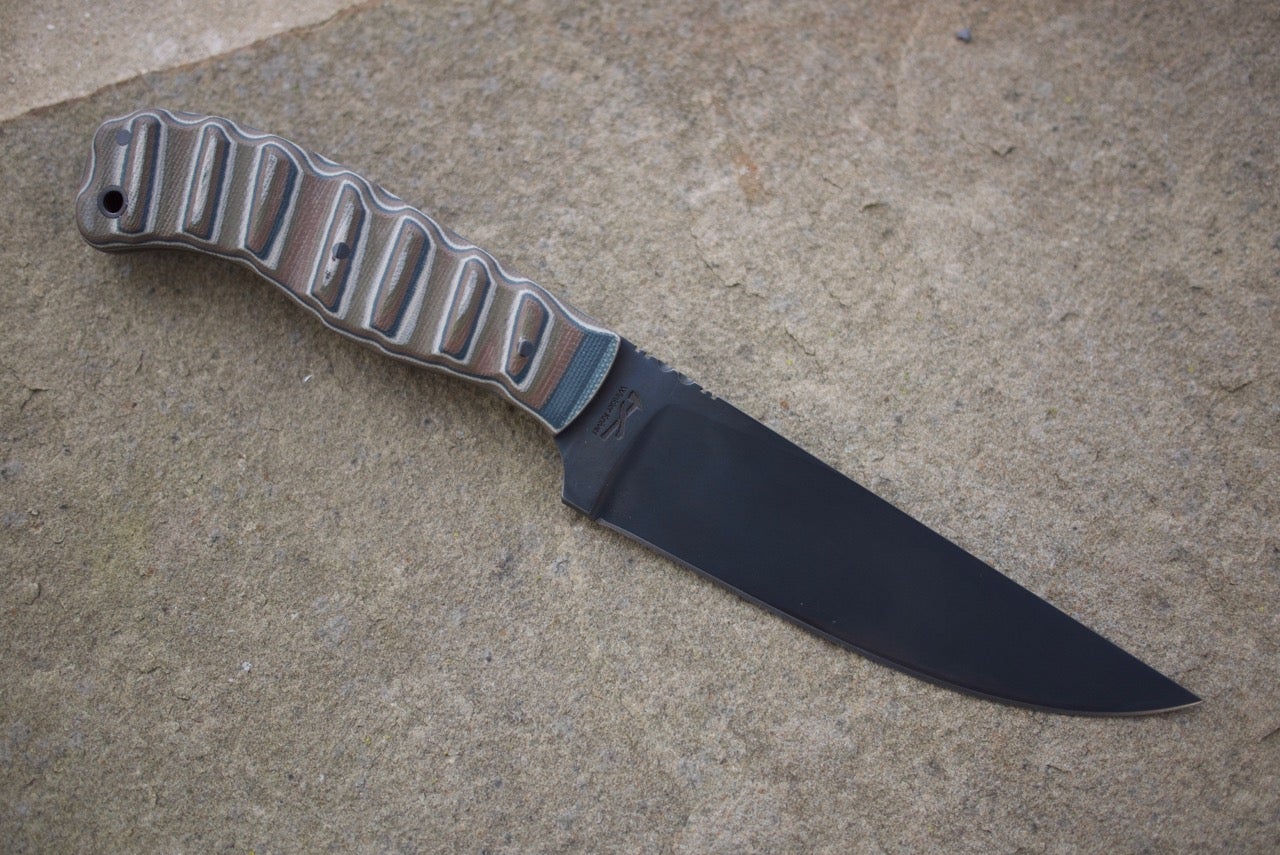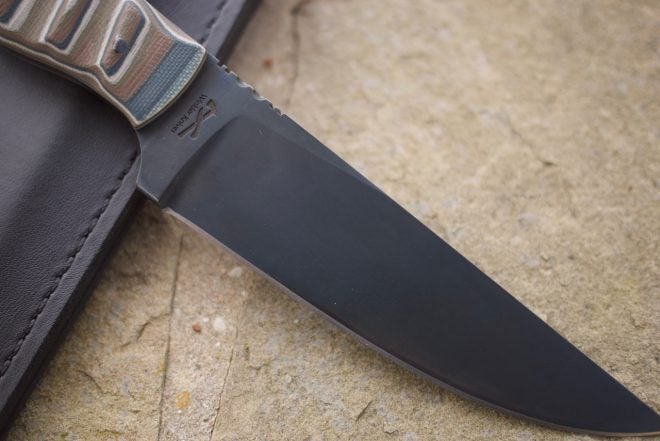Case/Winkler Skinner: Maker Interview & Field Update
Jon Stokes 12.03.18

I’m coming up on a year with the Case/Winkler Skinner, and I wanted to post a quick update after having used it in the field, around the property, and as a “truck knife.” I also had a chance to chat with the co-designer of the knife about some of the thought that went into it, so I can share that as well.
The Skinner has been one of my favorite blades this past year, mainly because of the blade profile and how thin it is. The overall design doesn’t look “tactical” — it’s almost more of a classic skinning or trapping knife, but with fully modern materials. And Winkler’s use of 80CrV2 means the blade, which has a distal taper, can be thinner than what you’d expect and still have plenty of strength (especially under lateral stress).
The combination of the blade shape, thinness, and distal taper make it an incredible slicer and all-around field knife. I don’t end up trying to hammer with it, or pry, or do any of the other knife abuse things I might do with a thicker blade, but for straight-up cutting chores it’s a beast.
For Kevin Holland, the SEAL veteran who co-designed the blade with Winkler, all of this is by design.
“I’m an avid hunter, and I hunt all over the world,” Holland told me. “So I know what I’m looking for, and I know I have to quarter elk, or mule deer. And you know what you need for boning stuff out, and it’s just a good all-around knife, if you hunt as much as I do.”
He went on to explain the distal taper and the blade profile: “If you notice the skinner, it’s not as thick as most of Daniel’s kinves. I need a thinner blade, and little bit of an upswept blade on the end. His usually are drop-point. The tang is tapered all the way through the handle, which shows you it’s really a handmade knife. It has to be hand ground to do that.”
“I’ve designed it as an all-around knife,” Holland said. “You can use it for self-defense, you can bone out an elk, you can use it around camp.”
Holland used as a model a French Trapper knife he found at a trade show. It was one of his favorite knives for years, so he used that as inspiration.
Winkler and Holland have known each other since 1992, and though I can’t say much more this isn’t the first blade they’ve collaborated on. So when Case and Winkler hit on the idea to work together on a series of knives honoring wounded soldiers, Holland was the first name Winkler thought of to do the collaboration.
As I said above, I’m really enjoying this blade, especially for game and food prep. I’m currently working on a small, leather, inside-wasteband sheath for it so that I can carry it concealed. The same qualities that make it great for game processing make it perfect as a backup self defense option, and because it doesn’t look “tactical” you can pull it out and use it without people freaking out — so it has the “gray man” thing going for it.
The one thing I’ve noticed, though, is that you do need to keep it coated if you’re going to leave it in your truck in moist weather. I forgot it under the back seat of my pickup for a few weeks, and when I pulled it back out there was some corrosion on the edge. Nothing serious that a good stropping wouldn’t fix, but just enough to remind me to wipe it down before stashing it somewhere it could be exposed to moisture.
